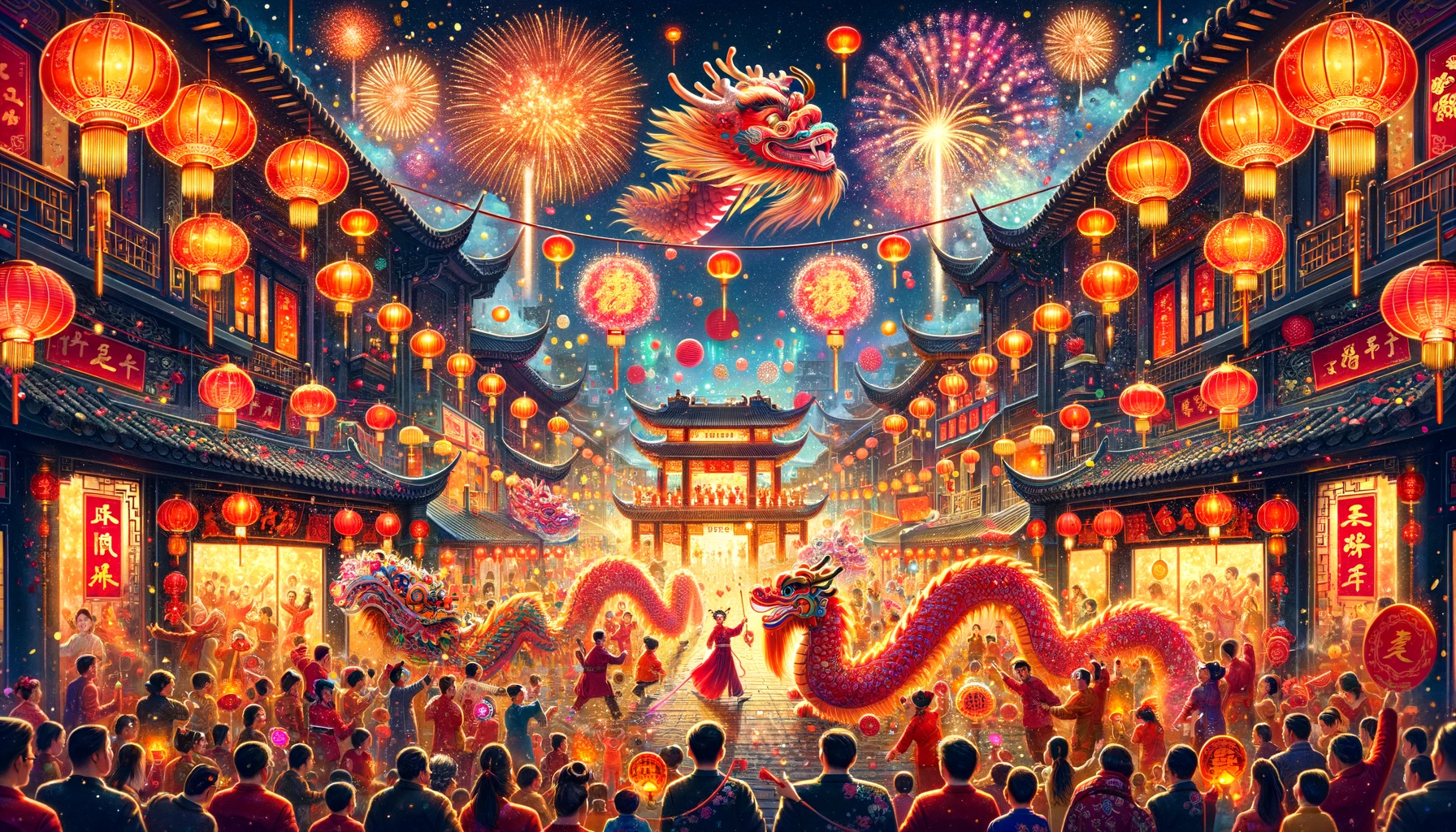Celebrating Chinese New Year: A Blend of Tradition and Modernity

The Subscription Revolution: How to Succeed on Shopify in 2024
Is a subscription model right for your Shopify clients? Explore the latest trends, benefits, and strategies to maximize success in 2024.
Hub Solutions: Your Zoho Value Added Reseller (VAR)
Hub Solutions : Your Zoho Value Added Reseller (VAR)Ready to unlock the full potential of Zoho Workplace? As a trusted Zoho Value Added Reseller...
The festival is a time for family reunions, where members travel from far and wide to gather for the annual reunion dinner on New Year’s Eve, known as ‘Nian Ye Fan.’ It’s a feast that features an array of dishes symbolic of good luck, prosperity, and health.
Red Envelopes (Hongbao): Filled with money, these are given to children and unmarried adults, symbolizing good luck and warding off evil spirits.
Cleaning and Decoration: Homes are thoroughly cleaned to remove bad luck and decorated with symbols of good fortune.
Dragon and Lion Dances: Performed to bring prosperity and good luck for the coming year.
Lantern Festival: Celebrated on the 15th day of the first lunar month, marking the end of New Year festivities with lantern displays and often, dragon dances.
Despite these modern adaptations, the core essence of Chinese New Year remains unchanged. It’s a time for honoring ancestors, cherishing family bonds, and looking forward with optimism. The festival beautifully encapsulates the dynamic blend of tradition and modernity, making it as relevant today as it has ever been.
As we welcome the new lunar year, let’s embrace the lessons it teaches us about renewal, hope, and the importance of community. Here’s wishing everyone a prosperous, joyful, and auspicious Chinese New Year. Gong Xi Fa Cai!
